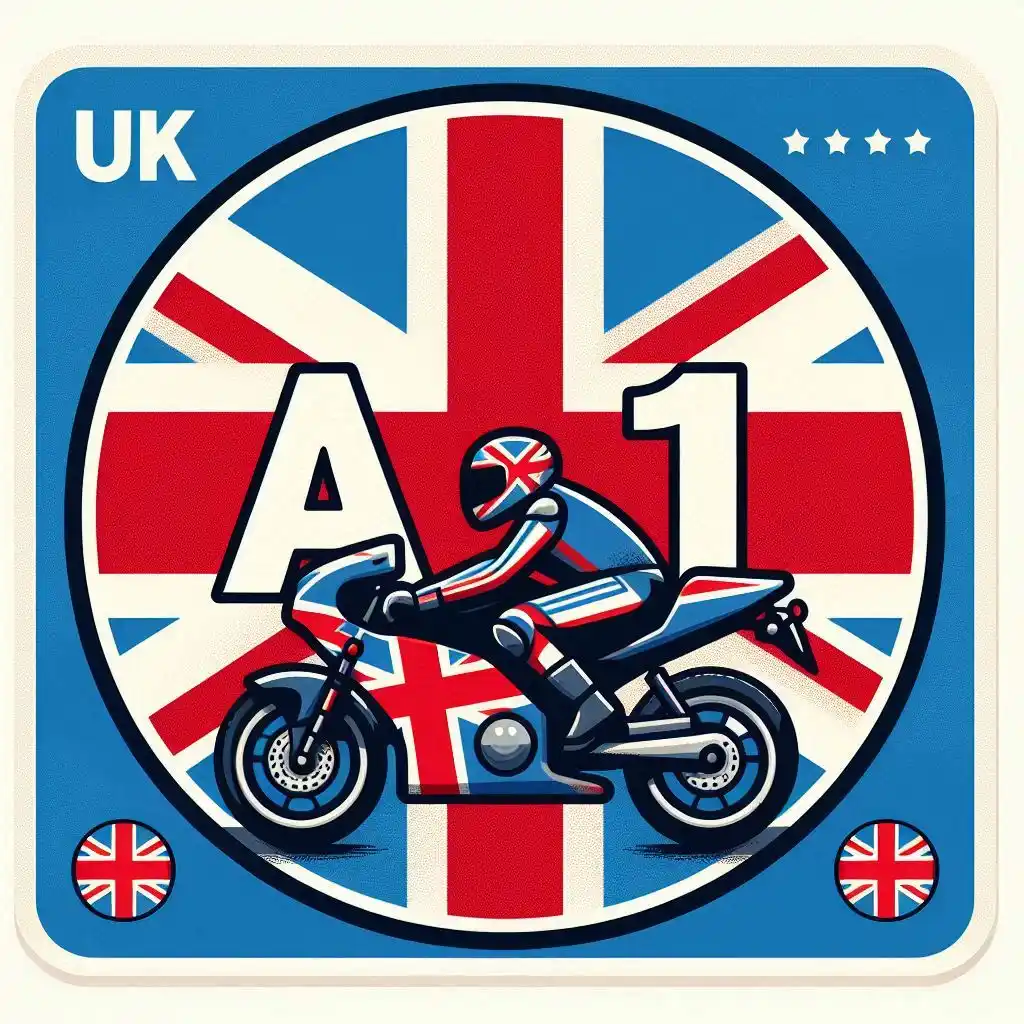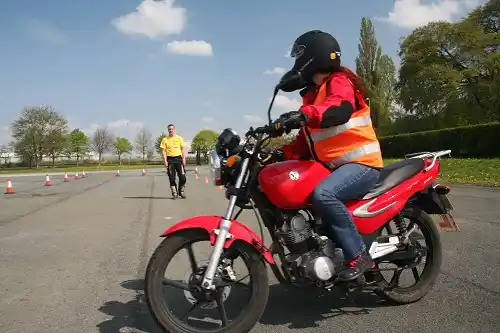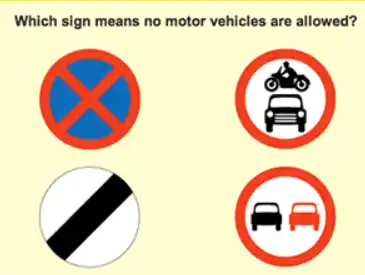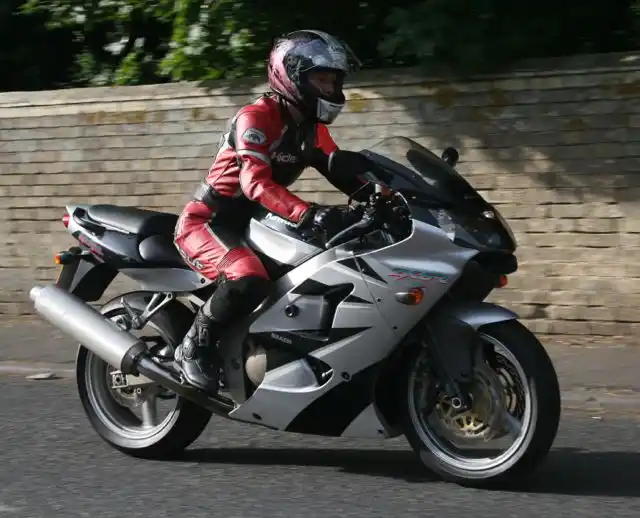The A1 Motorcycle Licence Explained

If you're ready to hit the open road on two wheels, getting your A1 motorcycle licence is a fantastic start. This licence is designed for beginner riders and allows you to ride a light motorcycle. But what exactly does that mean, and how do you go about obtaining this licence? Let's break it down so you can start your journey with confidence. Understanding the ins and outs of the A1 motorcycle licence will ensure you enjoy every moment safely and legally.
Getting your A1 licence is not just about passing tests; it's about embracing a new way of life and adventure. Whether you're looking to commute, explore, or simply enjoy the freedom of riding, the A1 licence is your gateway. This journey requires knowledge, preparation, and a commitment to safety, each step bringing you closer to a world of endless possibilities on the road.
What is the A1 Motorcycle Licence?
For many, the A1 motorcycle licence is the first step into the world of motorcycling. It's perfect for those who are 17 or older and want to ride a light motorcycle legally on the road. In fact, if you are 17 or 18 then it's the only motorcycle licence you can get, as the next one up is the A2 motorcycle licence where you have to be at least 19 years old. Here's what you need to know:
- Engine Size: With an A1 licence, you're allowed to ride a motorcycle with an engine size up to 125cc. This restriction helps new riders manage their bikes more easily and safely, reducing the risk associated with higher-powered motorcycles.
- Power Output: The power output of the motorcycle must not exceed 11kW (around 14.6 bhp). This limitation ensures that riders develop essential skills without the challenges posed by more powerful engines.
- Power-to-Weight Ratio: The bike should not exceed a power-to-weight ratio of 0.1kW per kg. This specification helps maintain control and stability, vital for new riders adapting to road conditions.

This licence is a great way to gain experience on the road with a smaller bike before moving up to more powerful motorcycles. It allows you to build confidence, refine your riding skills, and understand road safety. Riding with an A1 licence is not just a legal requirement; it's a step towards becoming a proficient and responsible motorcyclist, enjoying the thrill of motorcycling with safety and peace of mind.
Steps to Obtain Your A1 Motorcycle Licence
Getting your A1 licence involves a few key steps. Here's a straightforward guide to help you navigate the process. Each step is designed to prepare you thoroughly for the challenges and responsibilities of riding, ensuring you are equipped with the knowledge and skills needed for safe riding.
Step 1: Complete Your CBT (Compulsory Basic Training)
The first step to getting your A1 licence is completing your Compulsory Basic Training (CBT). This is a one-day course that covers the basics of motorcycling, including:
- Eye Check and Safety Gear: You'll start with a basic eye check and ensure your safety gear is up to standard. This initial check guarantees that you meet the minimum vision requirements to ride safely on the road.
- Off-Road Training: Learn how to handle your motorcycle in a controlled environment. This part of the training focuses on essential skills like balance, throttle control, and braking.
- On-Road Riding: Once you're comfortable, you'll head out on the road with your instructor for practical experience. This supervised session allows you to apply your skills in real-world scenarios, building your confidence and understanding of traffic dynamics.
Completing your CBT allows you to ride a motorcycle up to 125cc with L plates, but you'll need to complete further tests to obtain your full A1 licence. The CBT is a crucial step that lays the groundwork for your journey as a motorcyclist, emphasizing safety and skill development.
Step 2: Pass the Motorcycle Theory Test

Before you can take your practical test, you'll need to pass the motorcycle theory test. This is designed to ensure you know the rules of the road and can make safe decisions while riding. The test includes:
- Multiple Choice Questions: Covering topics like road signs, riding techniques, and safety. These questions test your knowledge of essential road safety rules and regulations, ensuring you are well-prepared to handle various traffic situations.
- Hazard Perception Test: Assessing your ability to identify and react to potential hazards. This segment evaluates your situational awareness and decision-making skills, crucial for preventing accidents and ensuring your safety.
Passing the theory test demonstrates your understanding of road safety principles, a fundamental aspect of responsible riding. It prepares you for the practical challenges of riding, emphasizing the importance of awareness and quick reflexes.
Step 3: Take the Practical Test
After passing your theory test, it's time to take the practical test. This is divided into two parts, each designed to assess different aspects of your riding capabilities.
Module 1: Off-Road Manoeuvres
This part of the test assesses your ability to control your motorcycle in a safe environment. You'll be tested on:
- Handling Skills: Including slow riding, U-turns, and emergency stops. These exercises test your precision, control, and ability to handle unexpected situations.
- Manoeuvres: Such as slalom and figure eights. These manoeuvres require you to demonstrate coordination and balance, essential for navigating complex road conditions.
Mastering these off-road manoeuvres ensures you have the foundational skills needed for safe on-road riding. It builds your confidence and ability to handle your motorcycle effectively in various situations.
Module 2: On-Road Riding

Once you've passed Module 1, you'll take Module 2, which involves on-road riding. An examiner will assess your ability to ride safely and competently on public roads. This test evaluates your real-world riding skills, including your ability to adhere to traffic laws, your awareness of road conditions, and your interaction with other road users.
Successfully completing Module 2 confirms your readiness to ride independently, highlighting your competence and understanding of safe riding practices. It's the final step in earning your A1 licence, marking the beginning of your journey as a licensed rider.
Tips for Passing the A1 Motorcycle Test
Get Professional Training
There are over 400 professional motorcycle training companies in the UK and they are all listed on this site. Just use your postcode to search for your local training provider and book directly with them for your training.
Practice, Practice, Practice
The more you practice, the more confident you'll become. Spend time on your bike, focusing on the skills you'll need for both modules of the practical test. Regular practice helps you refine your techniques and build muscle memory, making it easier to perform under the pressure of a test environment.
Consider practicing in different conditions, such as varying weather and traffic scenarios, to ensure you're prepared for anything. Consistent practice also helps you identify areas where you may need additional training or guidance, allowing you to address these before your test.
Good gear enhances your protection and comfort, reducing distractions and allowing you to focus on your riding. It's an investment in your safety and confidence, both during the test and in your everyday riding experiences.
Understand the Highway code
Get yourself a copy of the highway code or one of the many apps that are now available to help test you on the highway code. Riding safely isn't just about passing your A1 motorcycle test. You want to make sure that you can read and understand every road sign you see instantly, this will help you become a safer and more confident rider. We also have some great free highway code training resources here.
The Importance of Safety and Gear
Rider safety is paramount, and having the right gear can make all the difference. Here are some key points to consider:
- Helmet: A good helmet can protect your head in the event of an accident. Make sure it fits well and is approved by safety standards. A well-fitted helmet is essential for comfort and effectiveness, reducing the risk of head injuries.
- Clothing: Wear protective clothing made of durable materials. This can help prevent injuries. Consider gear with added features like armor or padding for extra protection. There are now many shops and online stores that stock motorcycle specific clothing, see our guide here.
- Weather-Appropriate Gear: Riding in different weather conditions can be challenging. Having gear that keeps you warm and dry will help you stay comfortable and focused. Waterproof and breathable materials are ideal for maintaining comfort in varying climates.
Investing in quality gear is not just about passing the test; it's about ensuring your long-term safety and enjoyment as a rider. The right gear enhances your riding experience, providing peace of mind and protection on every journey.
Advantages of the A1 Motorcycle Licence
- Accessibility for Beginners: The A1 licence is designed for riders aged 17 and older, making it a great entry point for new motorcyclists.
- You don't have to display 'L' plates any more, you can carry a pillion passenger and you can ride on the motorway.
- Unlike a CBT, the A1 licence does not need to be renewed every two years. So if you only intend to ride smaller bikes then this licence will be enough for you.
- Small Engine Size: With a limitation of up to 125cc, new riders can learn and manage riding skills on a lighter motorcycle, reducing the learning curve.
- Power Output Restrictions: The restriction to a maximum power output of 11kW aids beginners in developing essential riding skills without the risks associated with more powerful bikes.
- Building Confidence: The A1 licence allows new riders to gain practical experience and confidence on the road, gradually preparing them for larger and more powerful motorcycles.
- Cost-Effective: Typically, smaller bikes are less expensive to buy, insure, and maintain, making the A1 licence an economical choice for new riders.
Disadvantages of the A1 Motorcycle Licence
- Limited Riding Experience: The restrictions on engine size and power output may limit the riding experience for some individuals who want to explore higher performance motorcycles. For example, safe overtaking can be more difficult on a bike with less power.
- Increased Learning Time: Some riders may find that the need to progress through multiple licence levels (A1 to A2, then to A) means a longer timeline before they can ride larger motorcycles.
- Lower Speed Capabilities: The limited engine size may not meet the needs of those who require faster travel for longer distances or motorway riding.